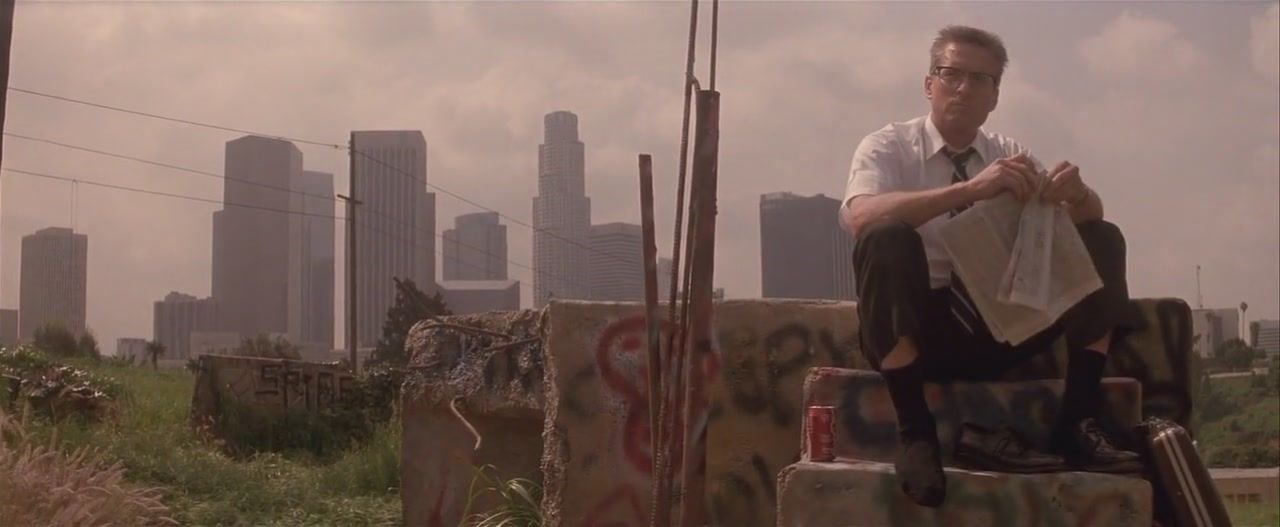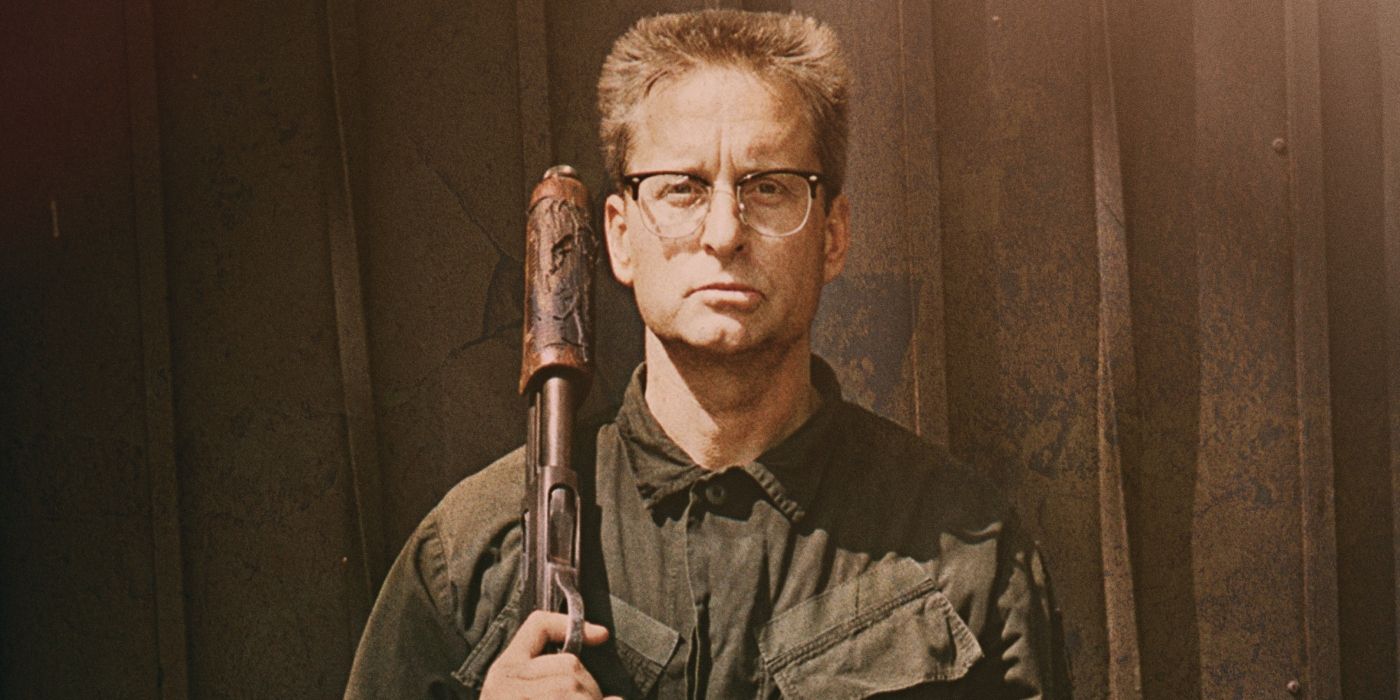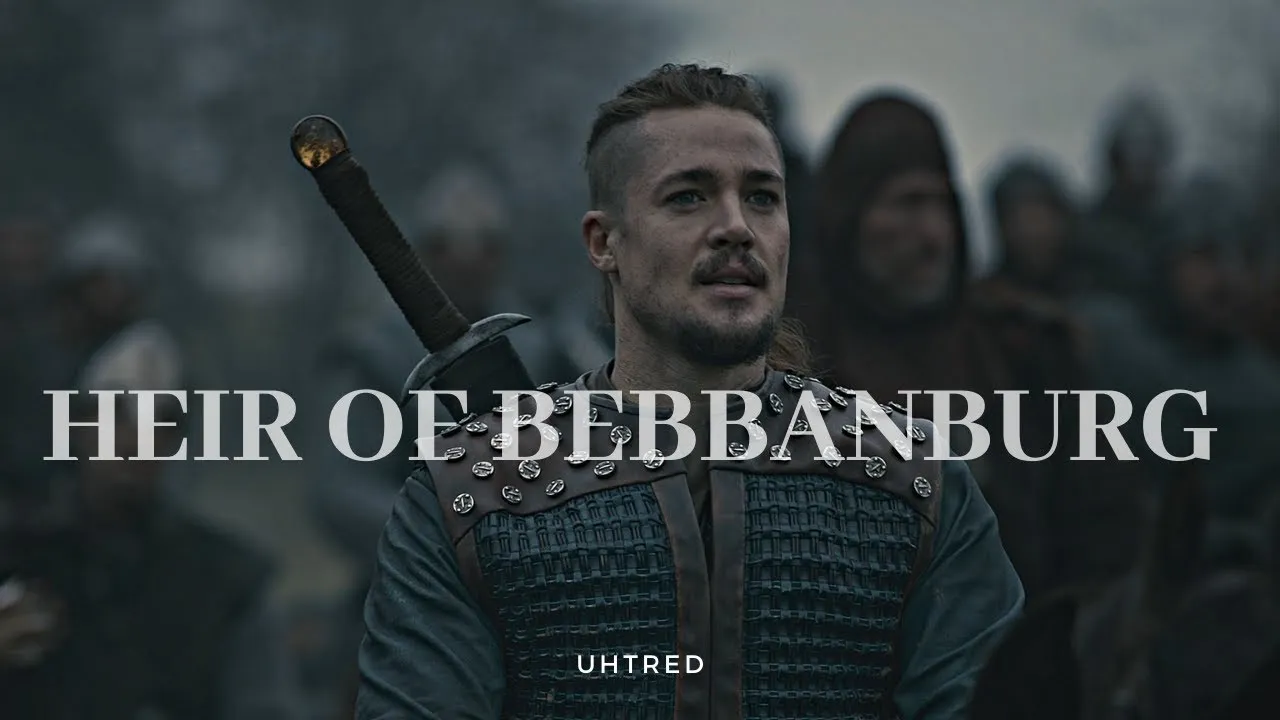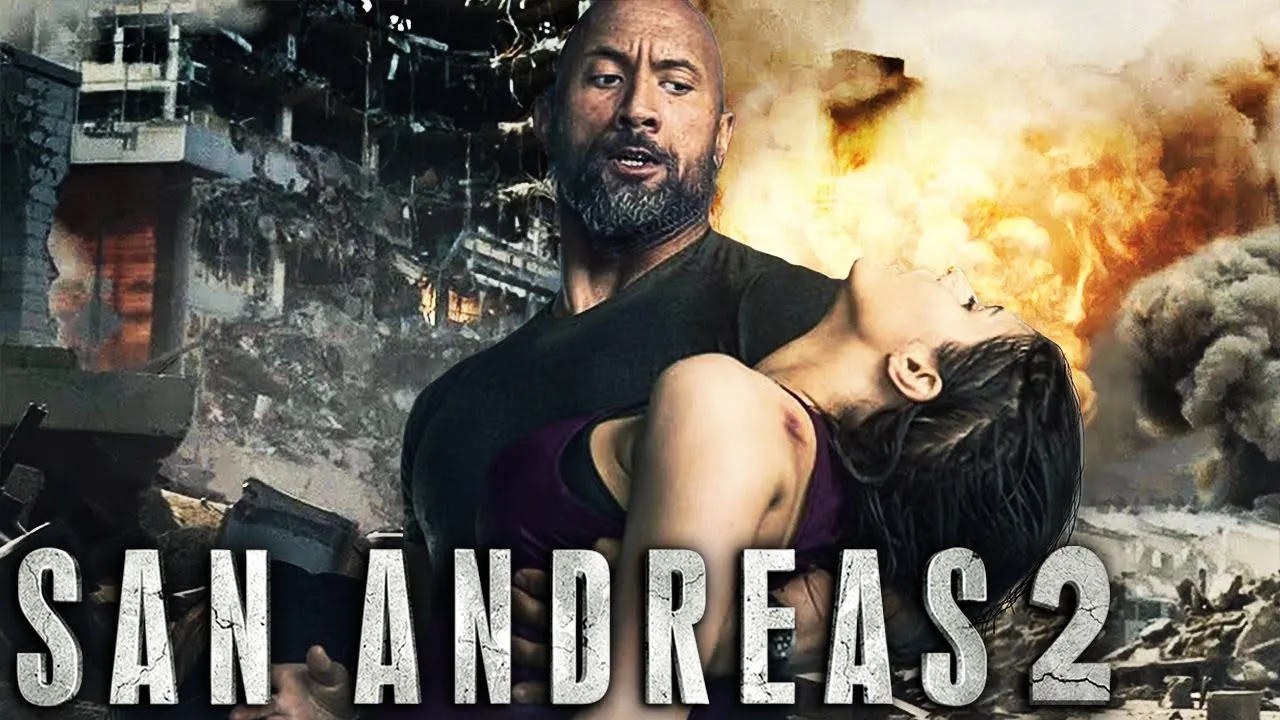In Falling Down, director Joel Schumacher crafts a gripping portrait of one man’s mental and moral breakdown against the backdrop of a city — and society — that seems to be collapsing all around him. Part character study, part social commentary, and part urban thriller, the film explores themes of alienation, masculinity, economic frustration, and the silent pressures of modern life.
Released in 1993, during a period of intense social and racial tension in Los Angeles, Falling Down is both a product of its time and a disturbing reflection of the simmering anger beneath the surface of the American dream.
The film begins during a sweltering Los Angeles traffic jam. A man in a white shirt and tie — later identified as William Foster, or “D-FENS” (Michael Douglas), based on his license plate — abandons his car in gridlock and sets off on foot. He claims he's "going home," but as his day unfolds, it becomes clear that something inside him has snapped.
What follows is a day-long odyssey of escalating violence and confrontation, as Foster wanders across Los Angeles, lashing out at perceived injustices and social decay. He assaults a Korean store owner over the price of a soda, demolishes a fast-food restaurant over rigid breakfast hours, and encounters gang members, a neo-Nazi, and others who become targets of his frustration.
Simultaneously, Sergeant Martin Prendergast (Robert Duvall), a mild-mannered LAPD officer on his last day before retirement, begins piecing together Foster’s trail of destruction. Prendergast, despite being mocked by colleagues and stifled by personal pressures, slowly realizes the seriousness of Foster’s rampage and races to stop him.
The two men — both veterans of systems that have failed them — are on a collision course. Their confrontation on a pier in the final act is both inevitable and tragic, revealing the true depth of Foster’s breakdown and the fine line between victim and perpetrator.
Falling Down examines what happens when the average man feels pushed too far. Foster is a former defense industry worker who has lost his job, his marriage, and, increasingly, his grip on reality. But he’s not portrayed as a monster at first — rather, he’s a man who once believed in rules, structure, and fairness, and now feels abandoned by the very society he defended.
This makes his actions both compelling and disturbing. While audiences may relate to his frustrations — bureaucracy, rising prices, urban violence — the film smartly shows how quickly that empathy can turn into horror as he becomes more unstable and dangerous.
Foster’s rage is often rooted in misguided entitlement, particularly in his delusional belief that he has a right to see his daughter, despite a restraining order. His descent isn't heroic; it’s a tragic unraveling of toxic ideals, including suppressed emotion, nostalgia for a “better time,” and masculine dominance.

Michael Douglas delivers a career-defining performance. His portrayal of Foster walks the tightrope between sympathetic and unsettling. He’s not cartoonishly villainous, but every act of violence chips away at our ability to root for him. Douglas brings intensity, vulnerability, and a frightening sense of justification to a man whose logic turns increasingly warped.
Robert Duvall, as Prendergast, is the quiet hero of the film. He’s everything Foster isn’t — calm, patient, and self-aware. Prendergast’s own struggles with grief, workplace ridicule, and a fragile home life give his character depth, and his eventual confrontation with Foster is a subtle study in two very different reactions to societal pressure.
Joel Schumacher directs the film with gritty realism and visual urgency. The city is portrayed not as a glamorous Hollywood backdrop, but as a hot, hostile landscape of broken systems, racial tension, and economic anxiety. The sweltering summer heat mirrors the film’s emotional temperature, and every encounter feels like another spark in a powder keg.

Cinematographer Andrzej Bartkowiak captures L.A. with a stark, washed-out palette that reflects Foster’s inner bleakness. The pacing builds slowly, then accelerates as Foster’s actions grow more violent, keeping viewers both engaged and unsettled.
Falling Down is full of uncomfortable truths and contradictions. It doesn’t excuse Foster’s behavior, but it does ask why a man like him — white, middle-class, “respectable” — could turn violent when faced with change and powerlessness.
The film subtly critiques race relations, class division, and urban decay, while also exploring the myth of American masculinity. Foster’s nostalgia for the “good old days” is shown to be hollow and self-serving, and his entitlement becomes a weapon.
Yet, some critics argue the film walks a dangerous line, as certain scenes — particularly those targeting immigrants or service workers — could be misinterpreted as justifying xenophobia or reactionary politics. What makes Falling Down powerful is also what makes it controversial: its refusal to offer easy answers.

In the climax, Foster faces Prendergast at Venice Pier. When confronted with the truth — that he is not a hero, not a victim — he seems almost stunned. “I’m the bad guy?” he asks, confused. That line encapsulates the entire film: a man so wrapped in his own narrative that he can’t recognize the consequences of his actions.
His final gesture — reaching into his pocket to mimic drawing a weapon, forcing the police to shoot him — is both tragic and chilling. It’s the final act of a man who can no longer exist in the world as it is.
Falling Down (1993) is a complex, provocative film that still sparks debate decades after its release. It captures a moment of American anxiety — about identity, economy, race, and masculinity — and filters it through the lens of one man’s psychological collapse.
With brilliant performances, intense pacing, and unflinching social critique, Falling Down stands as one of the most challenging and emotionally charged dramas of the 1990s. It's not an easy film — but it’s an important one.




